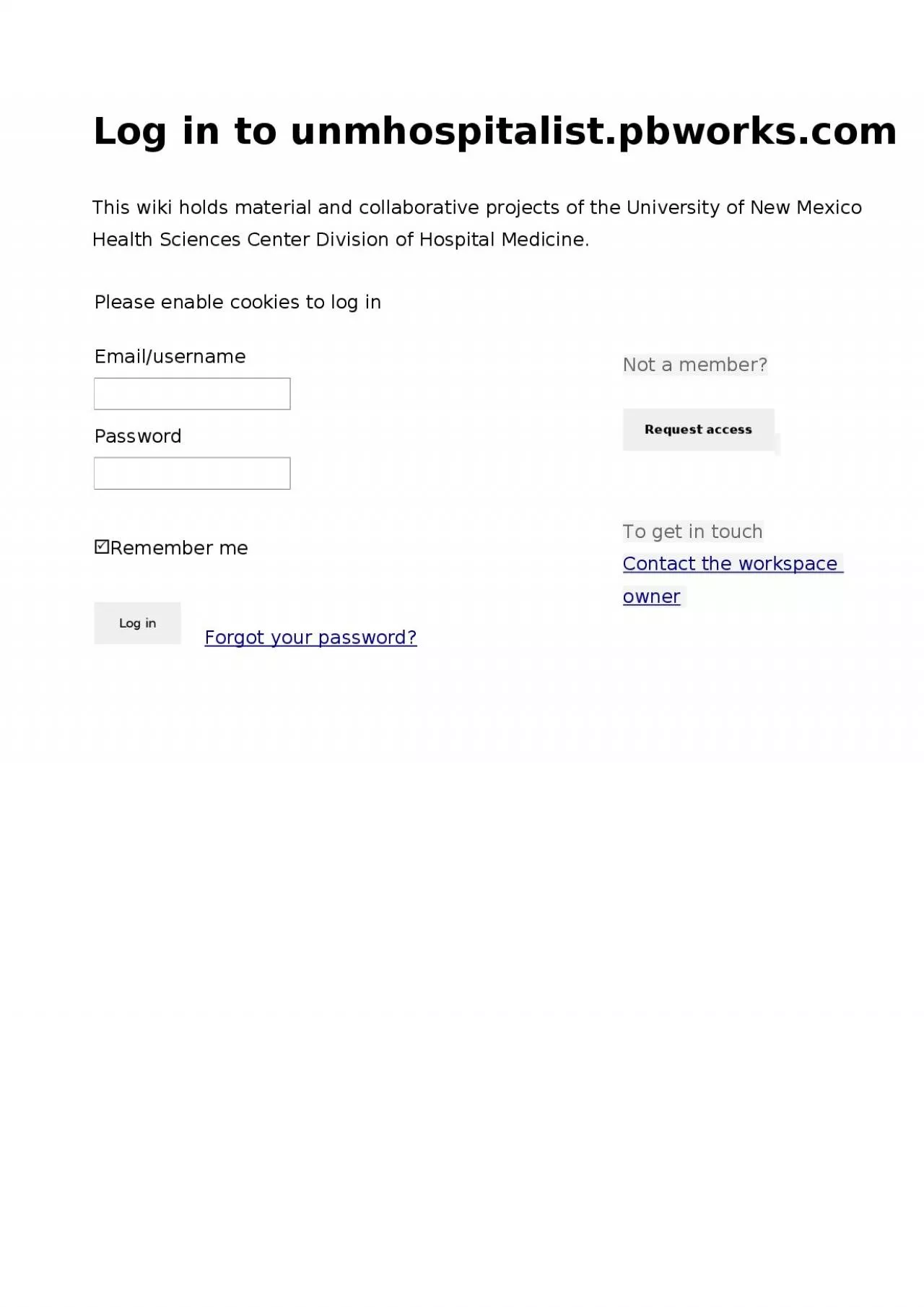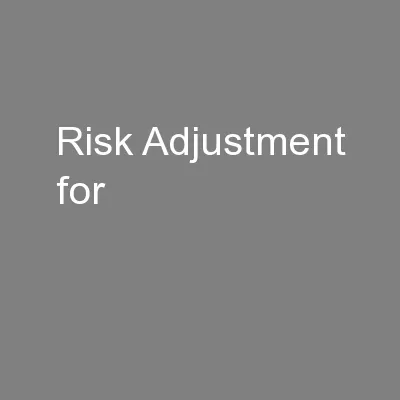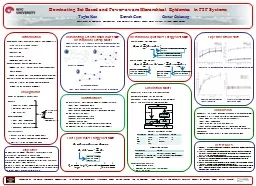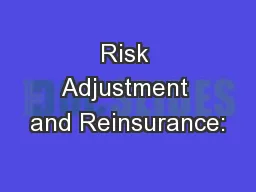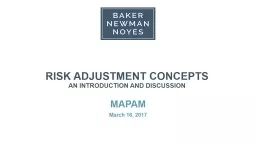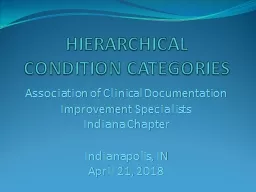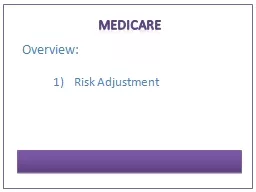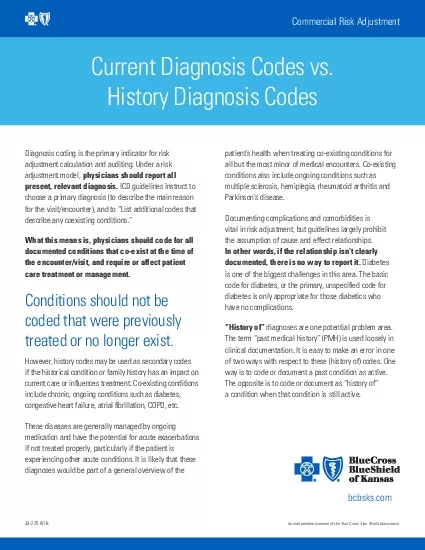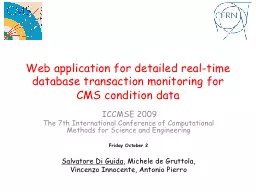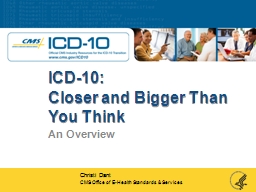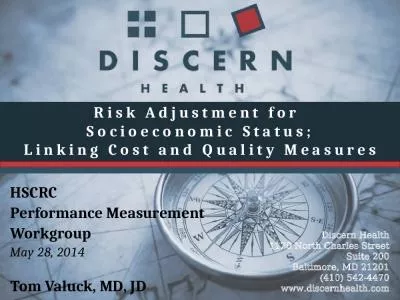PPT-CMS-Hierarchical Condition Codes and Risk Adjustment
Author : Tigerwoods | Published Date : 2022-07-28
Alice B Torrez MHA CPC Educator Coding and Documentation Health Information Management University of New Mexico Hospital 2 View of Risk Adjustment Are my patients
Presentation Embed Code
Download Presentation
Download Presentation The PPT/PDF document "CMS-Hierarchical Condition Codes and Ris..." is the property of its rightful owner. Permission is granted to download and print the materials on this website for personal, non-commercial use only, and to display it on your personal computer provided you do not modify the materials and that you retain all copyright notices contained in the materials. By downloading content from our website, you accept the terms of this agreement.
CMS-Hierarchical Condition Codes and Risk Adjustment: Transcript
Download Rules Of Document
"CMS-Hierarchical Condition Codes and Risk Adjustment"The content belongs to its owner. You may download and print it for personal use, without modification, and keep all copyright notices. By downloading, you agree to these terms.
Related Documents

